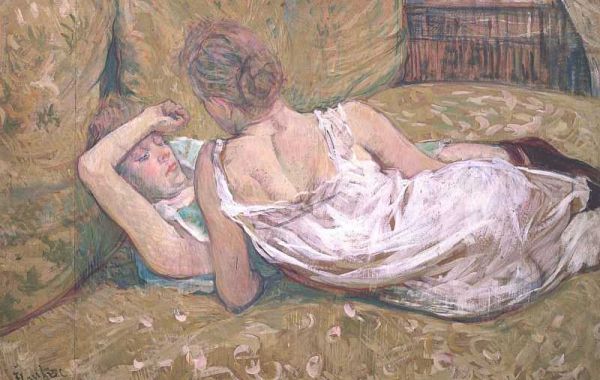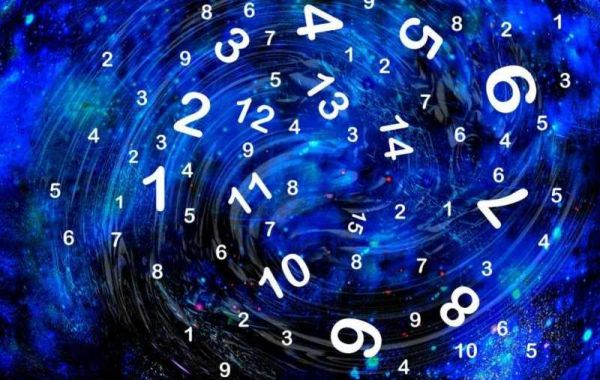The 20th century was a really revolutionary era in both the verbal and visual art, as the artists were extremely sensible to the needs of the epoch, which was tired of the old-fashioned forms of the representationism. Moreover, they were making the experiments, thus giving a challenge to conservative world of the conventional salons. Thus, there is a need to look through the innovations of the basic modern art styles, namely Post-Impressionism, Fauvism, and Proto-Cubism, through the example of these innovative genius: Henri Matisse, Henri de Toulouse-Lautrec, and Georges Braque.
To begin with, in the pictures by one of the central figure of Post-Impressionism, Henri de Toulouse-Lautrec, one can see a crucial trait – a special attention to everyday routine contrary to the Impressionist intention of demonstration only the subjective world overlook. A convenient example is Dancer Adjusting Her Tights, where a viewer can witness the effect of an absurd-theatre alienation, look under the decorations, and understand how hard it was to create a feeling of an artificial happiness in the ballet world. According to writology a detailed depiction of all the bodily traits of the dancer in the situation symbolizes the all difficulties with which an insecure person collides in the bourgeois world to endure humiliation with an aim not to die of hunger. The strict geometrical figures highlight the details of the hard work and quantity of the efforts needed from the dancers to satisfy all the viewers` tastes but not necessary achieving an appropriate response.
The other picture, La Clownesse Assise, is also close to the detailed demonstration of a background of the carnival nature of the cabaret. In this way, the main accent is made on the atmosphere of an existential tiredness of wasting of life on the satisfying of the others` desires. A conventionally unattractive old body is the incarnation of the buried ambition and the temporality of the life that is connected with the autobiographic details of the artist, who used to live in a public house for a long time. The other significant trait is the use of retrospective: a contrast between an old actress and young, perfectly dressed couple. The Post-Impressionist played on the contrasts with the aim to cover all the sides of the social relationships. It is a metaphor of Hegel’s master-slave dialectic, where a personal success and fate are determined by the origin rather than the real skills. The contrast is also shown in a combination of the bright yellow and red colors with the black, which would later become typical for the modern style to symbolize the drama of an artificial paradise, where the ephemeral ideals of the beauty, fame, and money weight much more than a particular tragedy of a real spoiled life. In this masquerade the masks are changed very quick, and the stars, who had performed the main roles, are quickly forgotten.
The other style is Fauvism, and its dominants may be seen through the most well-known picture by Henri Matisse, La Danse. The sources of the inspiration for this painting were the ancient Greek vases. A sphere in the circle demonstrates the change of the linear perspective to the cyclic one, hence meaning the permanence of a human nature and goals of the civilization. Such approach provokes the strong associations with an antique perception of the humanity as the living harmonious cosmos, where all the details are evident, and only thing that is remaining is to follow the ancestor`s wisdom. It shows the general purpose of Fauvism to orient on the classical examples. A connection of three colors in their natural simplicity also has a deep sacral meaning, thus appealing to the mythological perception of the human cooperation as the return to a primordial basis, included in the connection of the fire, water, and earth.
The other picture by Matisse, The Blue Nude, includes the depiction of the human body in the same way, namely the monochromic gammas. The reduction of the form to the basic circuits, which is a characteristic of Fauvism, means a necessity to focus on the emotions of the heroes rather than the painter`s mood. Although the face of the woman is not seen, the viewers understand her uncomfortable feeling due to her posture and pose. It is a perfect illustration of the male-gaze concept, where the symbolic meaning of the woman`s body is based on the Lacanian thesis about the absence of the key traits, “objet petit a,” on the visual level, which is provoked by the personal fear of integrity. The absence of the shade, universal for the style, is the other important element that shows the necessity of the depiction of a person, naked both in the literal and metaphorical senses, with all the open fears and complexes. It is a universal allegory to the modernity, where the hopes and innovations were combined with the destruction caused by the dramatic and bloody mistakes of all the global narratives of the 20th century. Understanding of the reformations and existential fear for the future of the humanity that was ready for the changes but felt the doubts about a direction chosen was shown by an artist with the contrast of the minimal coloring sources and deep idea incarnated.
The last style analyzed is Proto-Cubism. Its basic traits can be looked through the example of Georges Braque`s drawings, one of the central of which is Violin and Pipe, where the geometrical perspective is used to demonstrate the thesis that an art should not be representative, as an idea of the thing weights much more than a thing itself. A connection of the two instruments, triangular and round-shaped ones, makes a general image of the modern idea of homo faber: the bourgeois person who was focused on mechanical work but lost their nature due to it. Such concept would later be used by the surrealist painters, such as series of the portraits of generalized images of the citizens made by Rene Magritte. An important detail is the double perspective and polyphony of the signs. Thus, only a viewer decides whether to consider the signified a violin and a pipe or newspaper and the glasses. It gives an allusion to a freidism, according to which the subconscious associations have the same significance as the conventionally appropriate connotations.
The other Georges Braque`s work, Portrait of a Woman, is also drawn with the use the geometrical figures, which are the dominants in Proto-Cubism. A silhouette that may be guessed in the triangular forms and strict lines covers the inconsistency of the woman`s character: the traits of which are covered gradually. One can also see an eclectic connection of meanings, as underneath the figure, an attentive viewer may guess the shades of one of the particular kinds of transport that was invented in the industrial era, which is the incarnation of the futuristic sacralization of the technique and the determination to describe people`s feelings and bodily reflexes.
To sum up, all analyzed styles, starting from Post-Impressionism to Proto-Cubism, appeal to the willing of the humanity to improve their life, and thus, the artists were not afraid of the riskiest experiments with the formal and ideological aspects of their creations.








